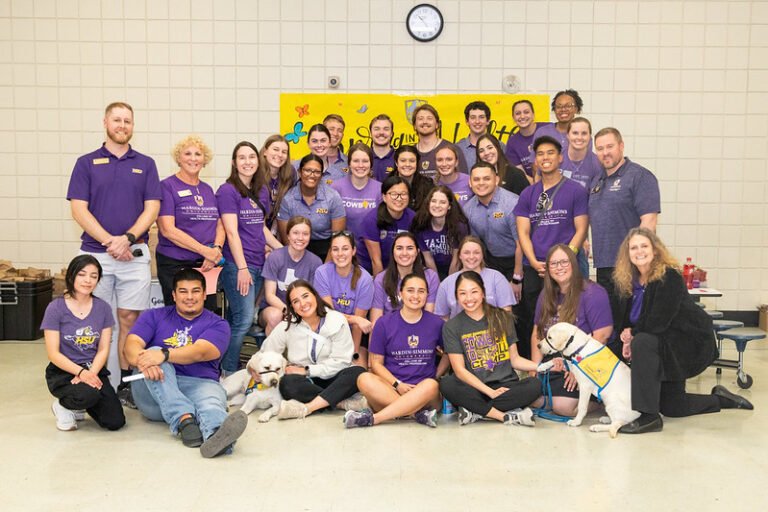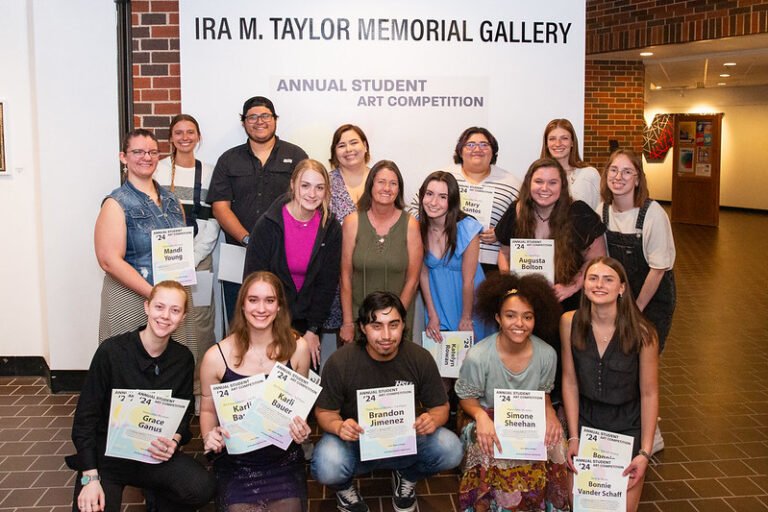Watanabe Legacy
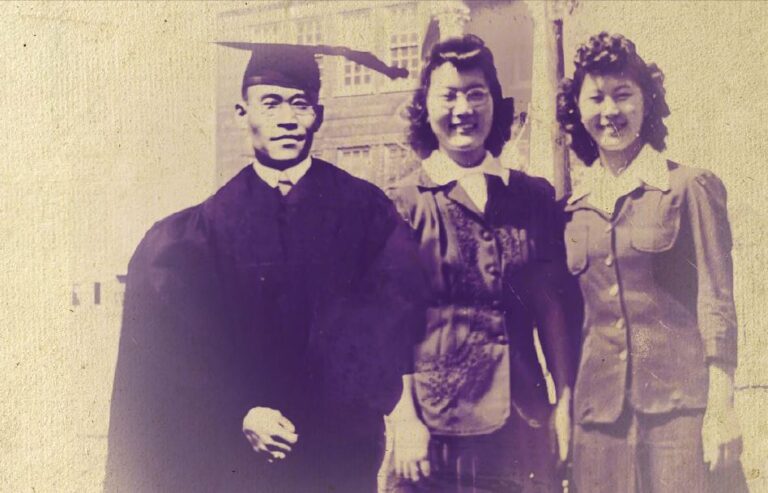
May marks Asian Pacific American Heritage Month, which celebrates the histories of Americans hailing from across the Asian continent and from the Pacific Islands. The month of May was chosen to commemorate the immigration of the first Japanese to the United States on May 7, 1843, and to mark the anniversary of the completion of the transcontinental railroad on May 10, 1869. The majority of the workers who laid the tracks were Chinese immigrants.
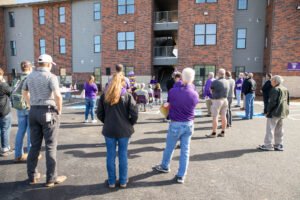
This past Fall, the latest student apartments were named and dedicated in honor of the Kimura and Watanabe families, HSU alumni and benefactors.
Paul Y. Watanabe ’19 was born in Gifu, Japan in 1886. After losing his parents to an earthquake, Paul was raised in a Christian orphanage. It was through interactions with missionaries that he was encouraged to go to the United States to study.
Paul initially lived in San Francisco, where he stayed for two years. He indicated that due to a large number of Japanese speakers in the city, he was unable to effectively learn English. So, he deliberately left the West Coast and found himself in Texas.
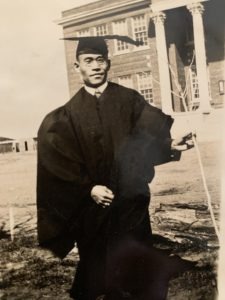
Paul Watanabe in 1919, standing in front of Abilene Hall.
He graduated from Simmons College in 1919 and went on to Yale for some graduate classes. After preaching throughout Asia, he returned to California and was ordained. He settled in Los Angeles, where he and his wife grew their family of three daughters, Grace, Jessie, and Ruth.
During the 1920s and 1930s, Reverend Watanabe had ties to both Japanese Baptist Churches in LA, which later became the Evergreen Baptist Church and the Fundamental Baptist Mission to the Japanese. Both organizations are still active today. His sermons are in the Japanese American National Museum’s archives in LA.
Throughout the years, Paul stayed in touch with his alma mater, sending prayer requests and updates. It was said of him, “As to his Christian character, I wish to say that I have never met anyone who possessed more of the spirit of humility and meekness, gratitude and appreciation than our friend and brother, Paul Watanabe.”
On February 19, 1942, two months after the bombing of Pearl Harbor, President Franklin D. Roosevelt signed Executive Order 9066 ordering all Japanese-Americans to evacuate the West Coast. This resulted in the relocation of over 100,000 people to internment camps located inland.
The Watanabe family was not immune to this notice. When the evacuation order was received in the spring, the family had one week to find a way to store their sentimental items and sell their furniture and appliances for next to nothing. What wasn’t sold, was abandoned.
At this time, Paul was ill, hospitalized, and unfit to travel. As a result, he was left behind while his family was boarded onto an old troop with only what they could carry and taken away to a camp in Poston, Arizona.
Twenty-five days after the Watanabe women arrived in Arizona, Paul passed away, separated from his family. Before he passed though, Paul wrote to his friends at Hardin-Simmons asking if the university would sponsor his daughters to get them out of the camp.
Twenty-three years had passed since Paul was a student at Simmons College, now Hardin-Simmons University, but he was still remembered and cherished on campus. The administration agreed to sponsor Paul’s two older daughters, Grace and Jessie. Five months after arriving at the camp, Grace and Jessie left their mother and sister and headed to Abilene.
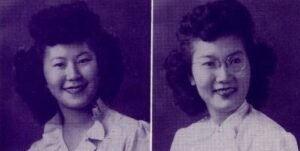 Jessie was 16 and Grace was 17 when they boarded a train to Abilene. In an interview, Grace shared of this trip, “Texas was segregated in those days and when the train stopped at stations along the way we saw signs that read Black, White, Black, White at the drinking fountains and restrooms. We wondered where we fit in – we were not part of either category and guessed we were somewhere in between.”
Jessie was 16 and Grace was 17 when they boarded a train to Abilene. In an interview, Grace shared of this trip, “Texas was segregated in those days and when the train stopped at stations along the way we saw signs that read Black, White, Black, White at the drinking fountains and restrooms. We wondered where we fit in – we were not part of either category and guessed we were somewhere in between.”
When the girls arrived in Abilene, they were separated between two host families. Grace with the Charles Atkinson family and Jessie with the Harry Hayes family. Grace and Jessie worked for the families for room and board. Ironing clothes, preparing meals, doing the housework, and more.
Both Grace and Jessie were heavily involved on campus. The sisters both majored in business administration and minored in Spanish. They were both members of Alpha Chi (a club founded by Dr. Julius Olsen to recognize the top 10% of the junior and senior classes), the Spanish Club, the California Club, and the Business Administration Club.
“My sister and I took our studies very seriously because we could not let my father and the University down,” shared Grace. “Fortunately, we both graduated with honors. I shall be forever grateful to Hardin-Simmons University for the scholarships given to my sister and me.”
Grace graduated in 1946 with the Julius Olsen Medal and Minter Medal. Grace won the literary contest “How Can I Help Improve Race Relations” in 1945 and Jessie won in 1946. Grace’s essay is in the university’s archives and is referenced every year in first-year seminar courses.
After graduation, Grace moved to Chicago with her mother, and younger sister, Ruth, and that is where she met her husband, Eugene Kimura. Jessie stayed in Texas, where she met her husband, Edward Saibara.
Over the years, Grace and Jessie gave back to the school, financially supporting scholarships to help students, just as they were helped with scholarships. Grace and Jessie donated a portion of their reparation funds to HSU with the note, “to express our undying gratitude to HSU for welcoming us with open arms during a difficult period in the life of our family and for helping us to receive a strong Christian education.”

